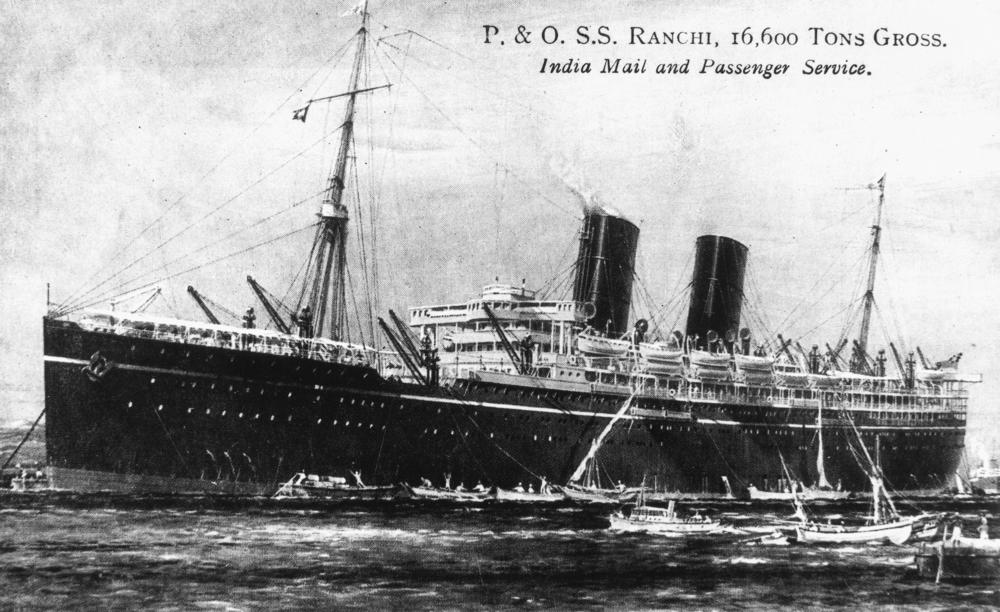1941, Thursday 04 December;
Sergeant Okazaki walked back into his tent, his mind buzzing with the exciting news he’d just been given by his squadron leader. News had come in that the injury to his flight leader was a lot more serious than had first been thought, was in hospital, and he wouldn’t be joining them. Consequently, Okazaki was being given temporary command of the flight, for the foreseeable future.
The 11th Sentai, along with many others, had begun its redeployment from Manchuria in mid-November, the aircraft flying down in stages, along the Chinese coast, and onto Hainan Island, before jumping across to northern Indo-China, and down that coast, finally flying in this morning into Kukan, a small airfield, recently completed by Korean labourers on the island of Phu Quoc, one of two airfields, the other, Duong Dong, being about 3 miles south.
The journey had been quite arduous, and several aircraft and pilots had been involved in accidents along the way, including his flight leader, who had landed heavily on Hainan Island, and flipped his aircraft over. They had pressed on the next day, leaving the flight leader there, who had insisted that he had only suffered minor cuts and bruises, and would be able to catch them up as soon as his aircraft was made serviceable. Well, the examination by a doctor had revealed a broken collarbone, and several cracked ribs, ending his hopes of an early return.
Okazaki gathered a small note book and pencil, and left the tent in search of the new flight replacement, who would be joining him and his friend Sgt Nakazawa. He also had to go see the sergeant in charge of the ground crew assigned to the flight, and establish an understanding of how things would work here. As he walked through a row of tents, he couldn’t help thinking how primitive the whole place was, a sod airstrip, and a tent city arranged around the edges, set in several groupings of tents.
The noise of an aircraft coming into land had him turning his head to watch. It was one of the new type 1 fighters, a Hayabusa, which equipped the 59th Sentai, the other fighter group they shared the airfield with. Her landing gear was down, but could be retracted, something his Type 97 fighter with its fixed landing gear, was incapable of. He’d been told the bigger aircraft was 40 mph faster and had more than twice the range of his plane, while being just as manoeuvrable. Publicly he was proud of his aircraft, but privately he yearned for a Hayabusa.
It was raining again, hard, another shower, and would last for 10 minutes, maybe 30 minutes, and then the sun would be out, steaming out the moisture. Okazaki ran along the tent rows, his feet splashing in the surface water, across a small drainage ditch full of water, bridged by a couple of planks, and into the maintenance section. Despite the noise of the rain, he heard the aircraft’s engine scream in protest as it was pushed to full power, the pilot having misjudged his approach and was now desperately trying to clear the tree line, and go around again. It barely made it, but did, was safe and would be able to make a second attempt, something that a previous aircraft hadn’t been able to do, its wreckage still visible among the jungle tree line.
The last Hayabusa touched down, the 59th had arrived, and with her the redeployment was complete. The 11th and 59th Sentai at Kukan, and the 77th Sentai with the Type 97 and 64th Sentai, again with the new type 1 fighter, up the road at Duong Dong. All of them cramped in with primitive maintenance facilities, poised, ready to support any Japanese invasion of Malaya, Thailand or both.
